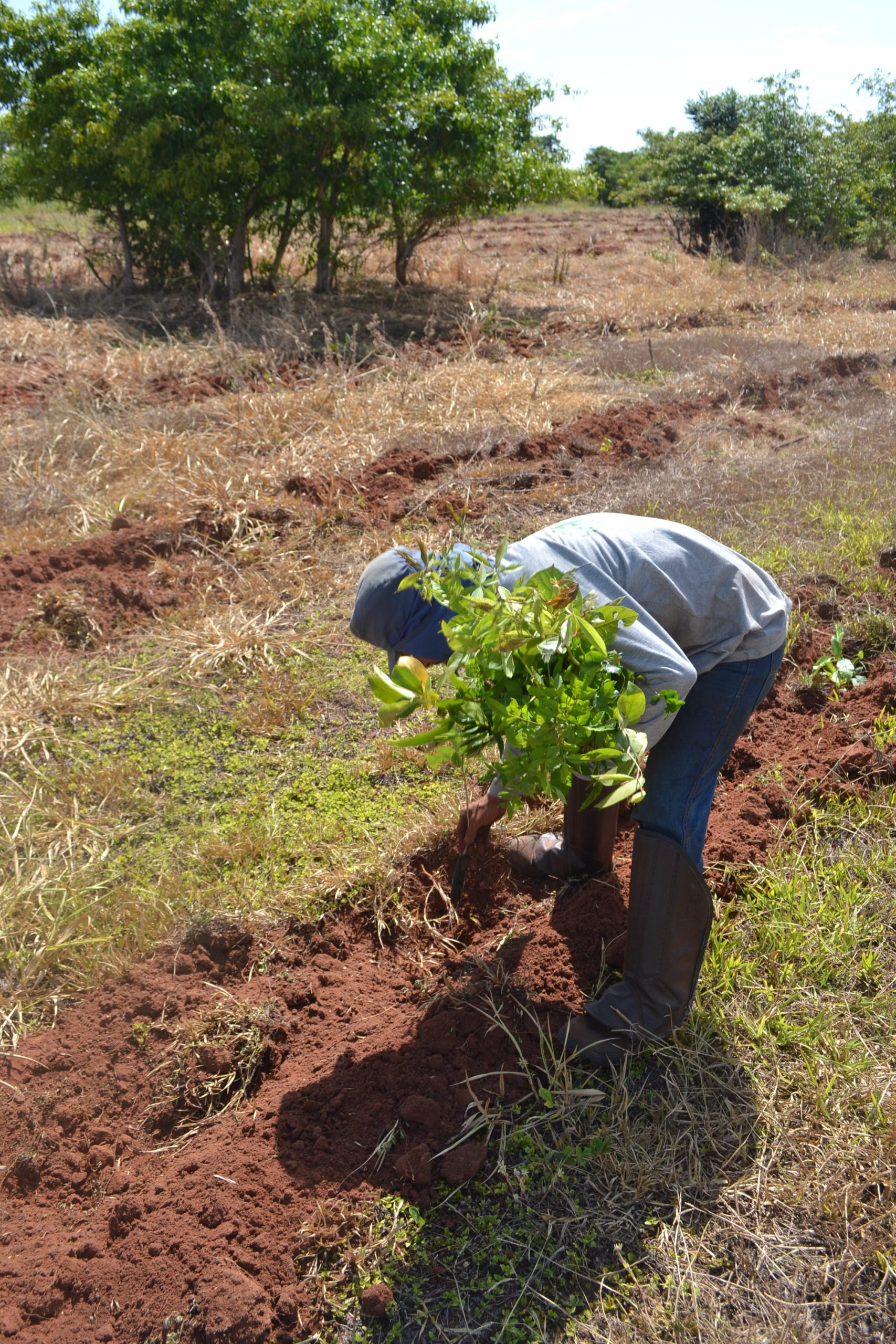The reestablishment of degraded forest areas has become one of the most advocated actions globally to combat the climate crisis. The UN has established the years 2021 to 2030 as the United Nations Decade for Ecosystem Restoration. Worldwide, the challenge is the recovery of 1 billion hectares. Brazil has set a goal of planting 12 million by 2030, in line with the country’s climate goals. Together with zero illegal deforestation and other targets for reducing greenhouse gas (GHG) emissions, these should be Brazilian contributions to tackling the climate crisis.
In terms of reducing GHG emissions, Brazil has failed to fulfill this agenda. Brazilian emissions have only increased in the last decade. According to SEEG/Climate Observatory* in its most recent survey on the analysis of emissions in Brazil (launched in March 2023), this is the biggest increase in emissions in almost two decades. We reached the mark of 2.4 billion gross tons of GHGs emitted in 2021, an increase of 12.2% compared to 2020, when the country had emitted 2.1 billion tons.
Just from deforestation, Brazil has emitted more greenhouse gases than the whole of Japan in 2021
It was precisely the deforestation increased rate that made Brazil surpass the acceptable level of emissions. In 2021, climate pollution caused by land use changes rose 18.5%. This means 1.19 billion gross tons of equivalent CO2 (GtCO2 e) emitted in that year (more than the entire emission from Japan). In 2020, we stood on about 1 billion tons.
Also according to SEEG, Brazil is the seventh largest emitter of greenhouse gases in the world, with 3% of the global total, behind China (25.2%), USA (12%), India (7%) , European Union (6.6%), Russia (4.1%) and Indonesia (4%). However, as deforestation has fallen in Indonesia in recent years and the global data series only goes back to 2019, so Brazil is likely the sixth largest emitter today, according to the report.
With this, it is possible to understand why forest restoration in Brazilian biomes is so urgent
We need to efficiently restore forests, landscapes and biodiversity. IPÊ is already responsible for planting 7 million trees in the Atlantic Forest. Our goal is to reach 19 million by 2025, connecting forest fragments and allowing the survival of emblematic species such as the black lion tamarin, a true symbol of São Paulo that only exists in the western region of the state.
Restoring forests means recreating, in the best possible way, the same environment that was devastated. This includes planting trees of different species in strategic locations, so that they contribute to the movement of animals and transform the area into a biodiverse place.
In addition to restoring biodiversity, restoration contributes to the reestablishment of ecosystem services, such as soil conservation, water production and retention, water security, regulation of hydrological cycles and, of course, carbon sequestration, reducing the impact of greenhouse gas emissions to the atmosphere. *SEEG – Greenhouse Gas Emission Estimation System


